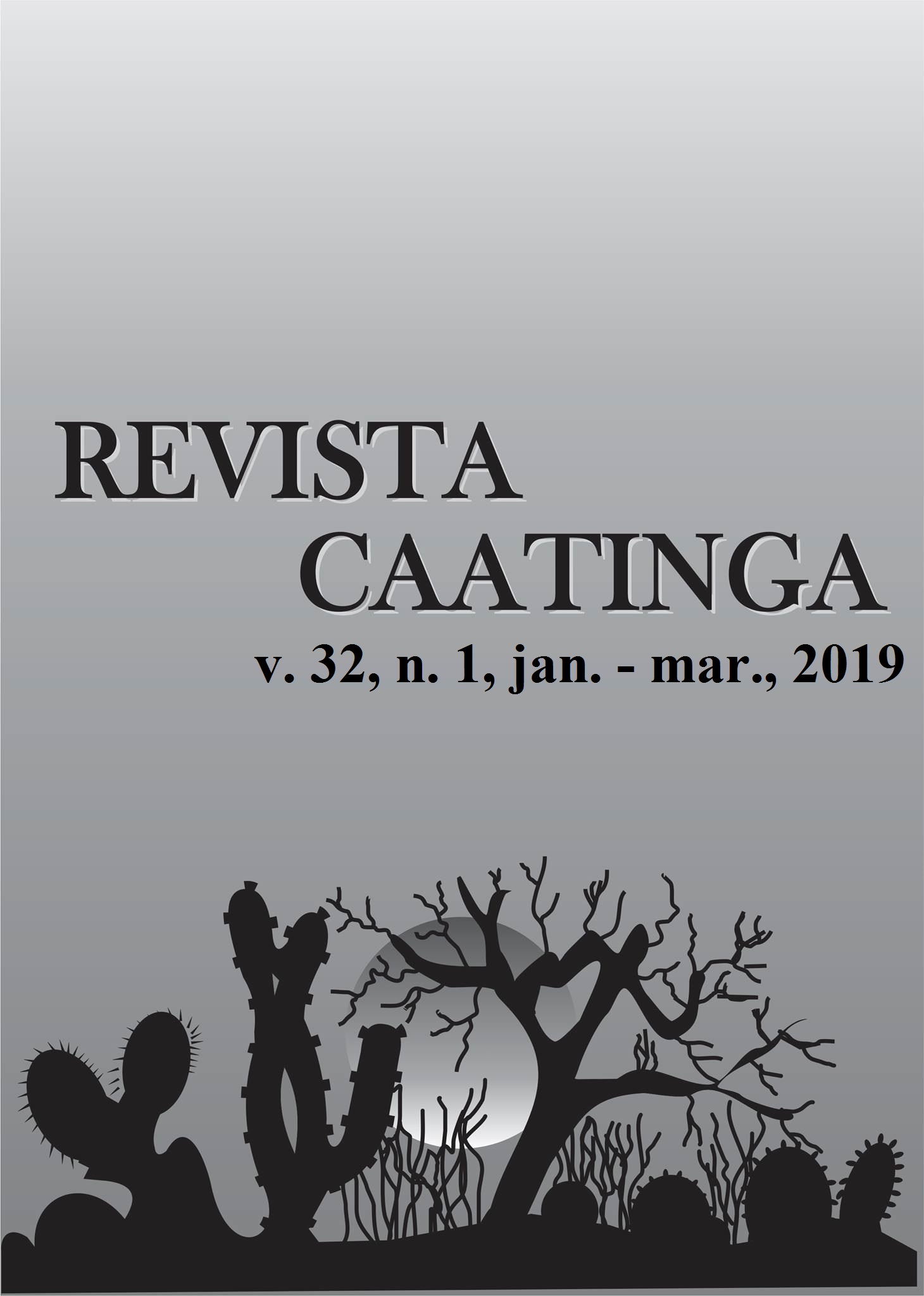REACTION OF Crambe abyssinica TO Meloidogyne javanica AND M. incognita RACE 3
DOI:
https://doi.org/10.1590/1983-21252019v32n128rcKeywords:
Root-knot nematodes. Susceptibility. Crambe.Abstract
Several oilseed plants have been researched for biodiesel production in Brazil, and Crambe abyssinica Hochst is one of the most promising species. The effect of the phytonematodes M. incognita race 3 and Meloidogyne javanica on C. abyssinica plants was evaluated in greenhouse experiments. A randomized block design with five nematode inoculum levels (350, 700, 1400, 2800, and 5600 eggs) and ten replications was used. C. abyssinica plants without inoculation were used as controls, and the viability of the nematodes used was tested in tomato plants inoculated with 2000 eggs. The plots consisted of pots containing one plant. The number of root knots (NG), number of egg masses (NEM), and number of eggs + second-stage juveniles (NEJ2) per root system, number of J2 per 200 cm3 of soil (NJ2), and shoot dry weight (SDW) of the inoculated C. abyssinica plants were evaluated at 45 days after inoculation. The reproduction factor (RF) of the nematodes was also evaluated. The resistance of the plants to the phytonematodes was classified using the RF criterion. Crambe abyssinica plants are susceptible to the different inoculum levels of Meloidogyne javanica and M. incognita used, and the data of all nematode variables (NG, NEM, NEJ2, NJ2, and RF) were fitted by linear models.
Downloads
Downloads
Published
Issue
Section
License
Os Autores que publicam na Revista Caatinga concordam com os seguintes termos:
a) Os Autores mantêm os direitos autorais e concedem à revista o direito de primeira publicação, com o trabalho simultaneamente licenciado sob a Licença Creative Commons do tipo atribuição CC-BY, para todo o conteúdo do periódico, exceto onde estiver identificado, que permite o compartilhamento do trabalho com reconhecimento da autoria e publicação inicial nesta revista, sem fins comerciais.
b) Os Autores têm autorização para distribuição não-exclusiva da versão do trabalho publicada nesta revista (ex.: publicar em repositório institucional ou como capítulo de livro), com reconhecimento de autoria e publicação inicial nesta revista.
c) Os Autores têm permissão e são estimulados a publicar e distribuir seu trabalho online (ex.: em repositórios institucionais ou na sua página pessoal) a qualquer ponto antes ou durante o processo editorial, já que isso pode gerar alterações produtivas, bem como aumentar o impacto e a citação do trabalho publicado (Veja O Efeito do Acesso Livre).







